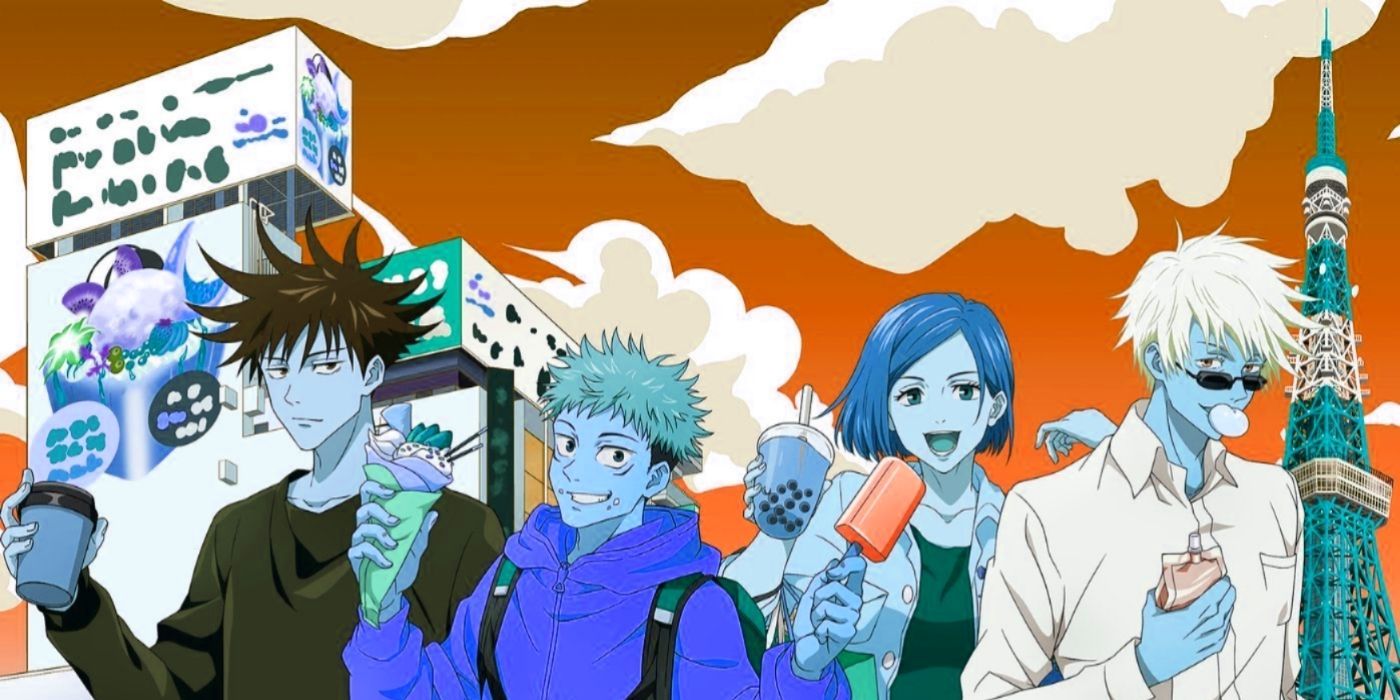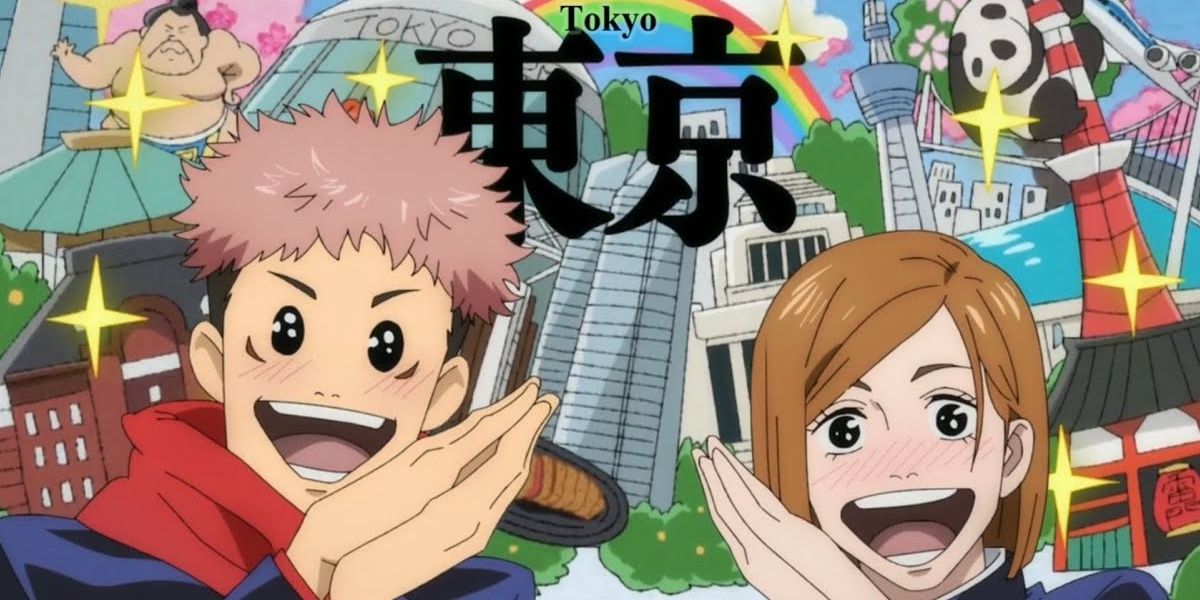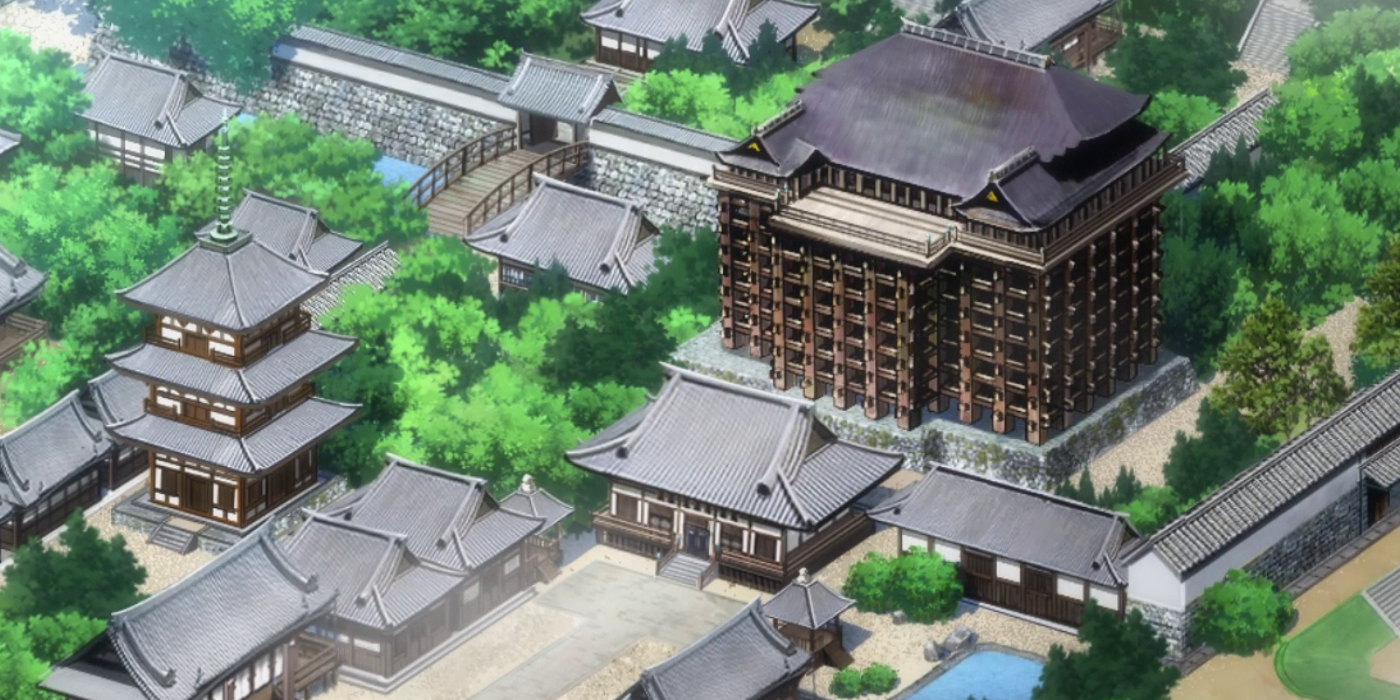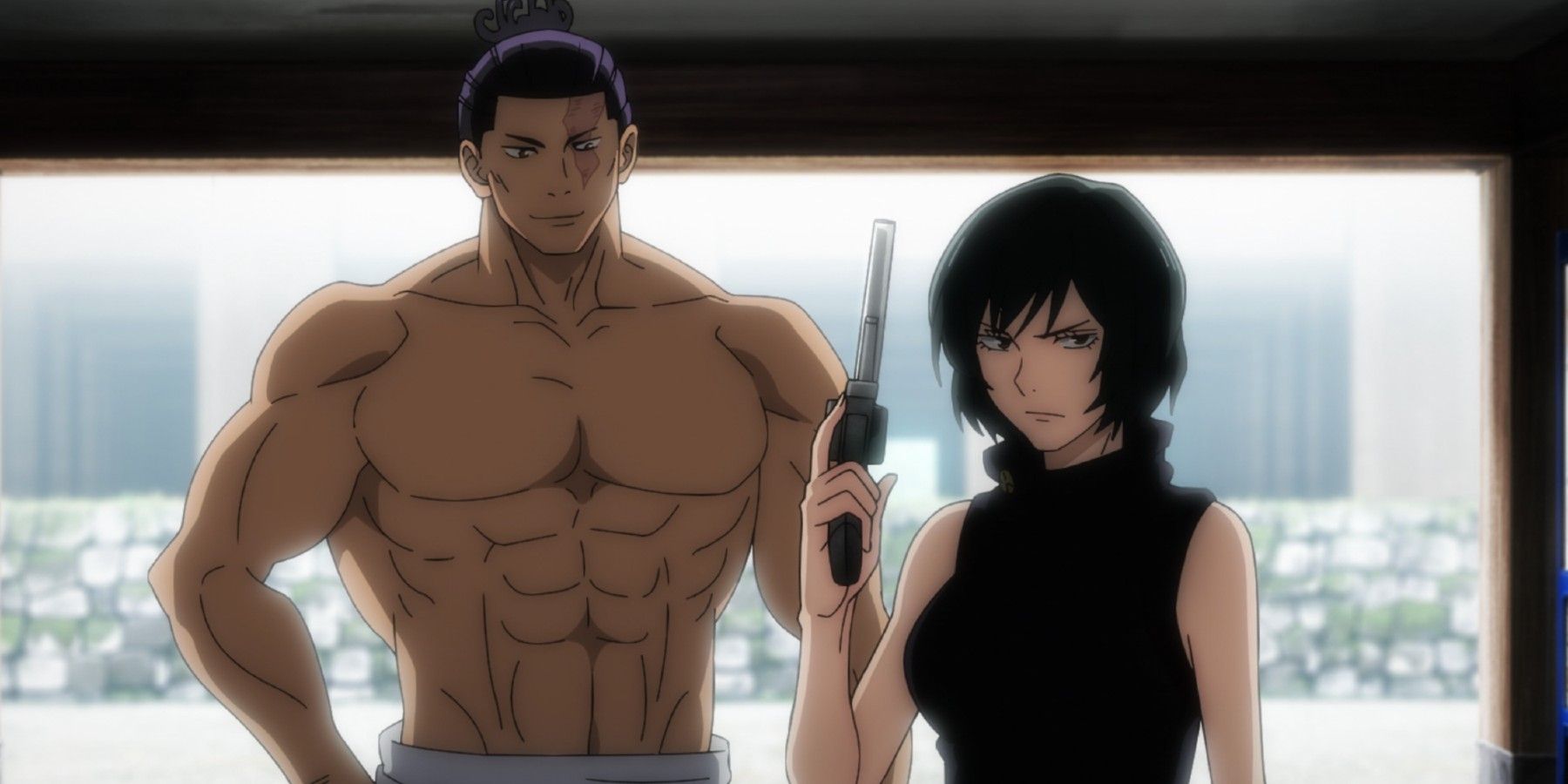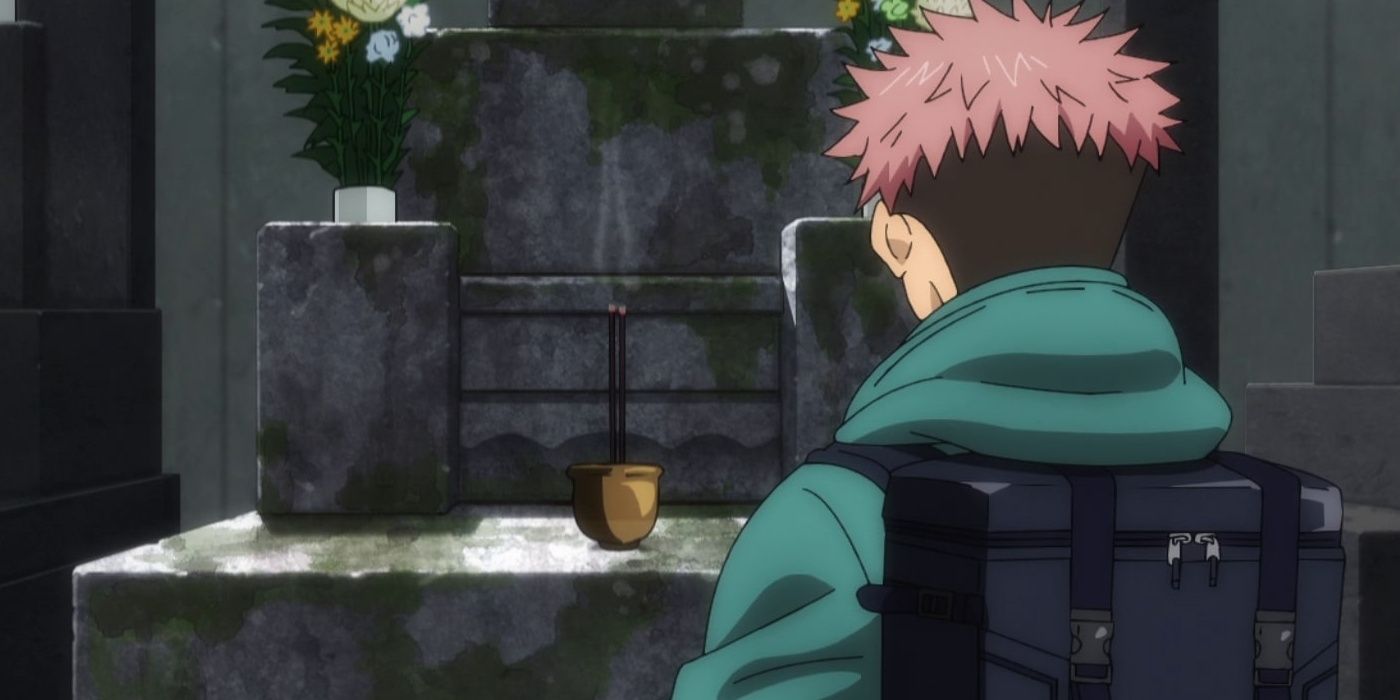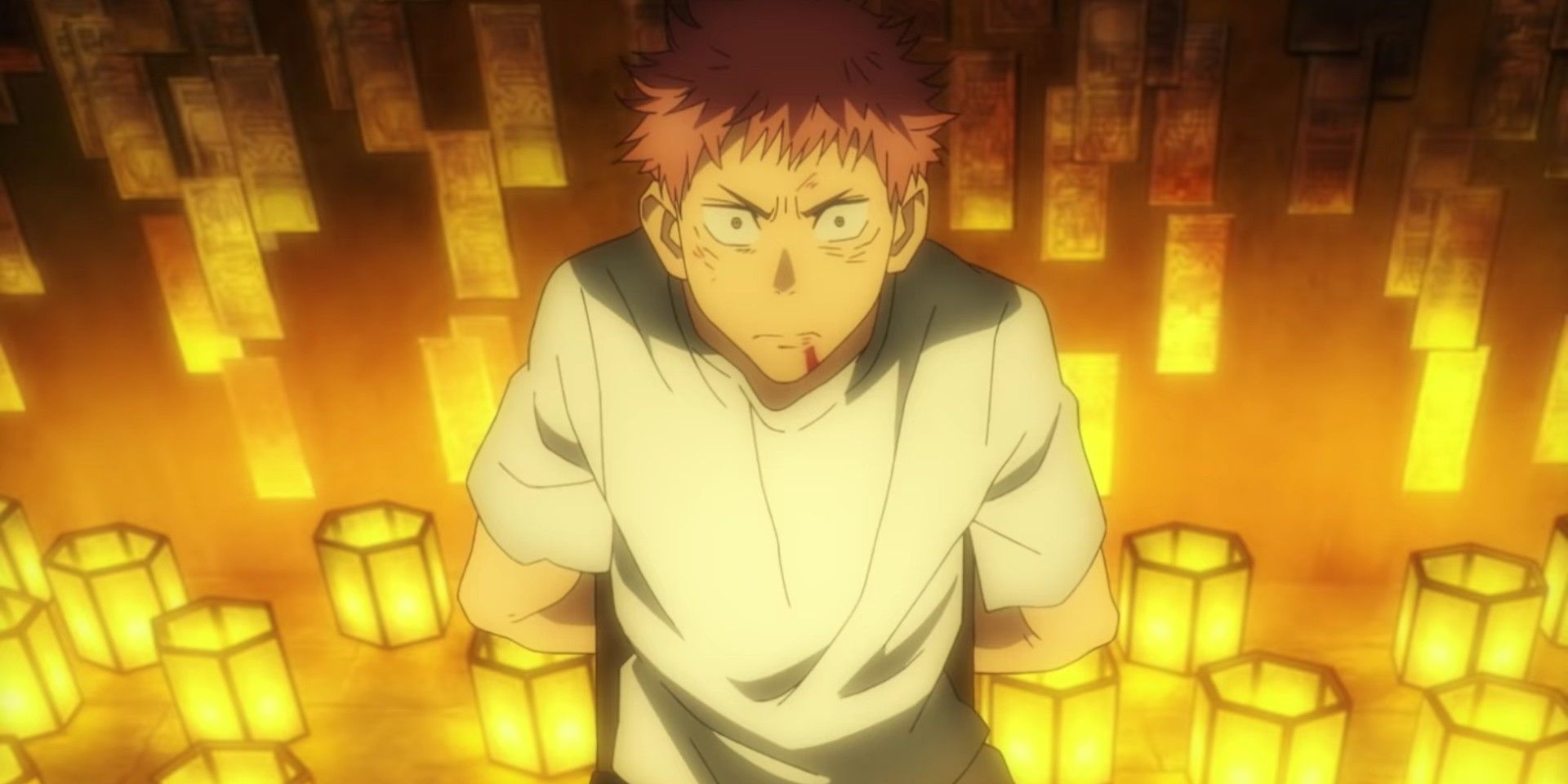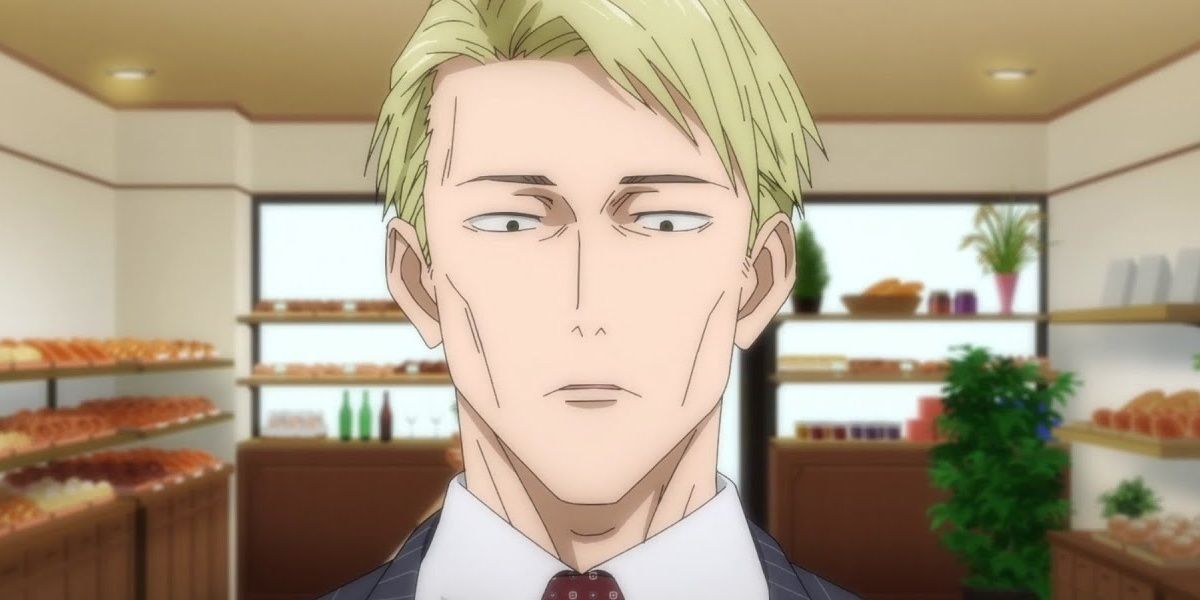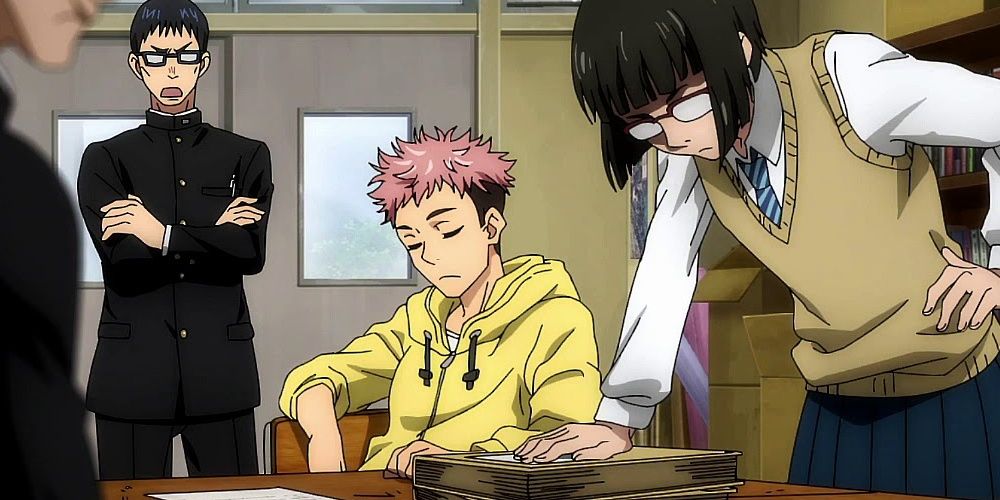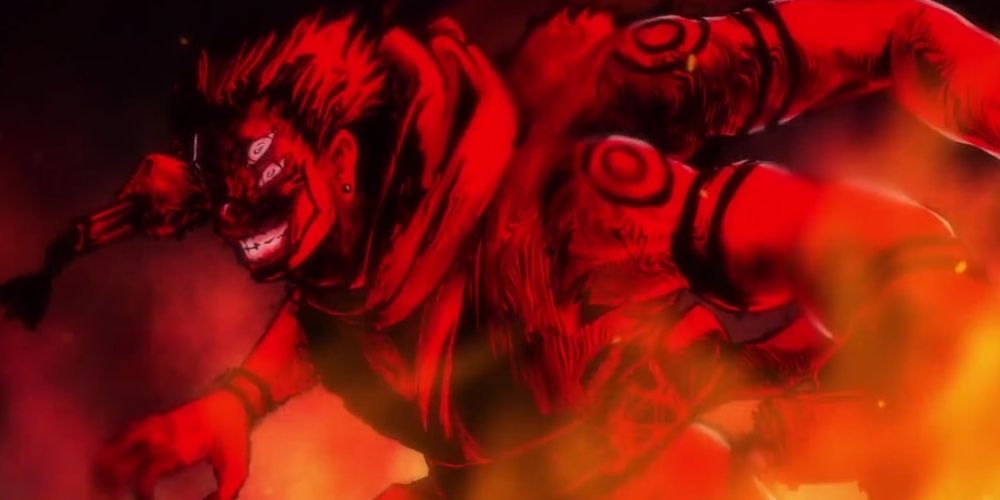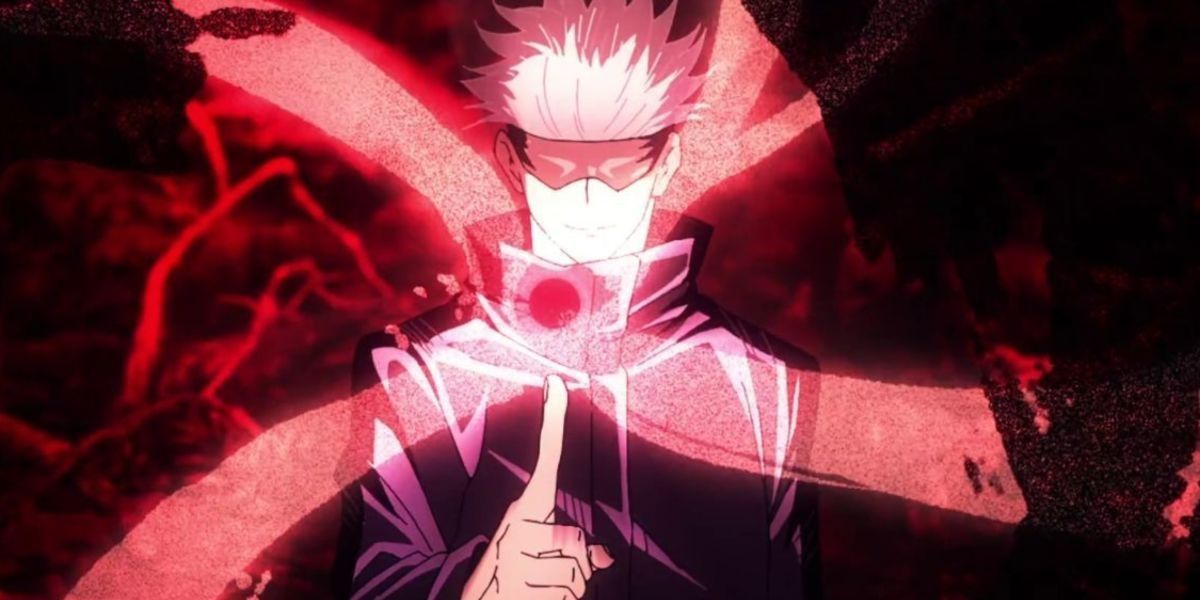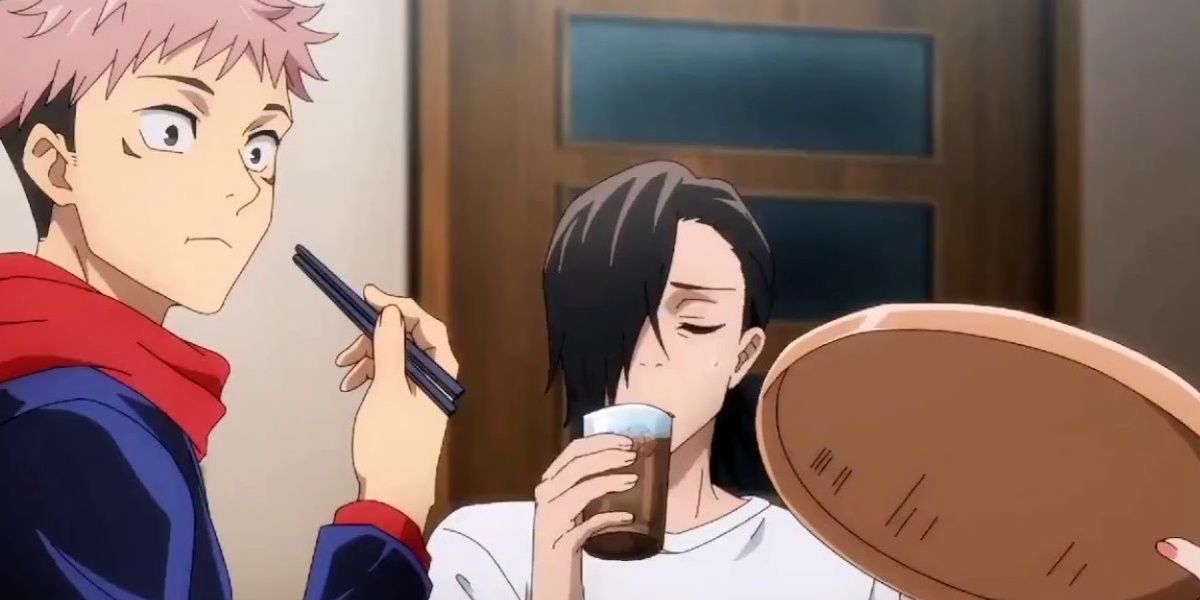Now entering the second half of its run, Jujutsu Kaisen is still extremely popular. The show remains equal parts dark and fun and masterfully blends classic shonen tropes with horror motifs to create a world that is truly compelling. The lead characters are charming, the side-characters are quirky, and there's no shortage of excellent action setpieces that do MAPPA proud.
Beyond this, Jujutsu Kaisen is truly a show that could only be Japanese. Many of the aspects that give the series its identity pay homage to life and traditions in Japan, and it's impossible to imagine this series taking place elsewhere. By combining elements of Japanese culture both old and new, Jujutsu Kaisen feels like an offbeat tribute to the beloved archipelago.
10 The "Welcome to Tokyo!" Sequence Shows How Important The Region Is
The fascination with Tokyo is regional as much as it is international. Japan isn't the largest country, but many citizens from the countryside and especially those who live on Hokkaido or Kyushu live hours from the world's most densely-populated city. Even by bullet train, getting to Tokyo is no easy feat.
Yuki and Nobara's excitement is only to be expected, especially when it comes to visiting Harajuku, Tokyo Tower, and other landmarks. As New York City is to many Americans, so is Tokyo to many Japanese: a city that is also a symbol of national identity.
9 Using Temples As Schools Is Historically Accurate To Japan
Tokyo Prefectural Jujutsu High School presents itself as a Buddhist temple, and it is far from the first temple to house students. Centuries ago during the Edo period, commoners sometimes received private educations from terakoya, or temple schools.
These schools, often run by Buddhist priests and even samurai, were popular before public schooling became the most common way to educate the masses. There's a significant precedent that designates temples as places of learning.
8 The Show Explores The Kyoto vs. Tokyo Feud With Its Students
The classic rivalry between the Kansai and Kanto regions of Japan is infamous. Kansai is home to Osaka, where people are said to be friendlier and food is said to be tastier, but Kanto is home to Tokyo, where people are said to be more reserved and professional.
Jujutsu Kaisen very deliberately pits students from these two regions against each other during the tournament between Tokyo Tech and Kyoto Tech. Japanese viewers are well-aware that there's weight behind this feud, and this adds a little more spice to the action.
7 The Show Accurately Depicts Shinto Funerals
Some fans claim Jujutsu Kaisen is one of those rare gems: an anime that improves upon its source material. One example of this manifests in MAPPA's delicate nods to Shinto tradition. After the death of his grandfather, the audience watches Yuji use chopsticks to pick bones from the cremated ashes.
In a series so full of monsters and unreal fight scenes, quiet moments like this anchor the audience in a reality that is all too familiar to families who have ever attended such ceremonies. Death is universal, and altogether too real.
6 The Scenes Depicting Spiritual Possession Respect The Eastern View Of The Afterlife
Possessions are a common theme in anime, spotted in everything from Naruto to Parasyte. But while western and Judeo-Christian cultures are often fixated on the idea of chasing spirits out once they take root, in much of Japanese folklore vessels often attempt to live with their guests rather than give them the boot. Naruto has to learn to live with Kurama inside him, and Kyo of Fruits Basket has to cope with the inconveniences of hosting a cat-demon.
Fundamentally, the Japanese traditions are more about prevention and purification. Wearing charms to protect oneself or to do well in life, washing hands before entering a temple, sealing containers to prevent curses escaping: these practices are not uncommon even today. So in a sense, Gojo's approach to tackling Yuji's "possession" fits this bill. Rather than yanking the monster out, Yuji has to learn to deal with Sukuna.
5 The Show Explores The Idea Of The Salaryman; A Uniquely Japanese Role In Society
Nanami is among the best characters in Jujutsu Kaisen, in no small part because he's a subversion of a familiar role in Japanese society. Salarymen are a uniquely Japanese phenomenon in the business world, described as city-dwellers who work the same white-collar jobs for decades, giving every ounce of themselves to their companies.
At times this loyalty is unhealthy, and salarymen are also known to convene at izakayas and karaoke lounges to drink their woes away. Nanami chooses instead to abandon his company in favor of returning to his roots as an exorcist, but his blunt professionalism remains a defining character trait.
4 The Show Places A Realistic Level Of Importance On After School Clubs
High school is non-compulsory in Japan, but for those students who do enroll, attending daily after-school clubs is usually a requirement. Such clubs are intended to help students build character and learn social etiquette. In Jujutsu Kaisen, as in countless other anime, Yuji and his classmates take part in an occult club.
It's hard to determine exactly how common such clubs are in reality, but as students can form their own clubs with enough members and staff approval, there are bound to be some. In fact, this might be the sort of club that anime has enabled over the years. Life imitates art.
3 The Show Is Faithful In Its Exploration Of Yokai Mythology and Sukuna
Jujutsu Kaisen borrows heavily from yokai folklore, demonstrated by the various depictions of monsters and spirits the show has thrown at us so far. But Sukuna's origins aren't necessarily related. According to some sources, he's a creature of legend, a two-faced, four-armed demon. In others, he was a real hero and leader from the Hida region. He may have been both or neither.
Stories have usually presented Sukuna as literally or metaphorically two-faced. Duality is a huge theme in the anime and one that seems likely to continue. After all, people wear different faces for different occasions.
2 The Show Explores Domains And Buddhism
In Jujutsu Kaisen, powerful characters create "domains" that are essentially small worlds contained within themselves. These domains can be expanded to contain others, and many of the series' most creative and violent fight scenes are set within these confines.
The idea that each person contains an inner world that is within their power to control is common in Buddhism. Mindfulness in meditation demands one knows oneself. Most people recognize proverbs describing the body as a temple. In Jujutsu Kaisen, this is taken extremely literally at times, and "manifesting" has a whole new meaning.
1 The Show Places An Importance On Shared Meals And Socializing
While it is true that most cultures recognize the importance of sharing meals with others, in Japan this practice is especially vital. Nomikai refers to the social aspect of sharing meals or drinks with peers after work, and it is seen as a social requirement. For college students, such gatherings are rowdy events known as konpa. For younger people, such as characters like Yuji and Junpei, this kind of bonding is still deeply valued.
Inviting someone to share a meal is often an offer of friendship, and inviting someone to eat in your home is a sign of trust. Because much of Japanese society functions under unspoken social rules, it is likely that Yuji eating at Junpei's home is truly meaningful to both characters.

